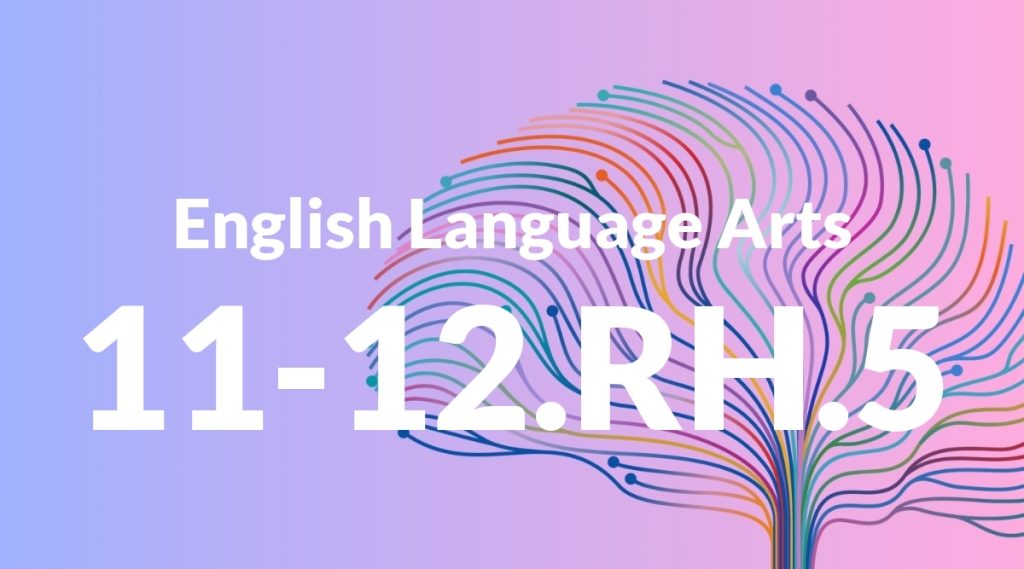Standard: 11-12.RH.5 – Analyze in detail how a complex primary source is structured, including how key sentences, paragraphs, and larger portions of the text contribute to the whole.
Grade level: Grade 11-12
Subject: English Language Arts
Domain: History/Social Studies
Teacher Overview
This standard focuses on developing students’ ability to critically analyze the structure of complex primary sources. Understanding how key sentences, paragraphs, and larger sections contribute to the whole text is crucial for interpreting historical documents accurately. Students should be familiar with the differences between primary and secondary sources and possess basic skills in text analysis and comprehension.
Mastering this standard will prepare students for advanced critical analysis of texts in college and beyond, enhancing their ability to synthesize information and understand historical context.
Common Misconception 1
A common misconception is that every sentence in a primary source is of equal importance. This is incorrect because key sentences often carry the main argument or purpose, while other sentences provide support or context.
Intervention 1
To address this, teachers can guide students in identifying and highlighting key sentences and discussing their significance in the context of the overall text.
Common Misconception 2
Another misconception is that the structure of a primary source is random or unimportant. In reality, the structure is often carefully crafted to enhance the text’s meaning and purpose.
Intervention 2
Teachers can use graphic organizers to help students visualize the structure and understand how different parts of the text contribute to its overall message.
Prerequisite Knowledge
Students should have a basic understanding of primary and secondary sources, as well as foundational skills in reading comprehension and text analysis.
Subsequent Knowledge
Students will develop advanced critical thinking skills, the ability to synthesize information from multiple texts, and a deeper understanding of historical context and its influence on primary sources.
Instructional Activities
- Close reading exercises focusing on key sentences and paragraphs.
- Group discussions analyzing the structure of historical documents.
- Graphic organizer activities to map out text structure.
- Writing assignments that require students to analyze the structure of a primary source.
- Comparative analysis of multiple primary sources.




